Charcoal-burning that coexists with the nature and wisdom of living in the Noma area
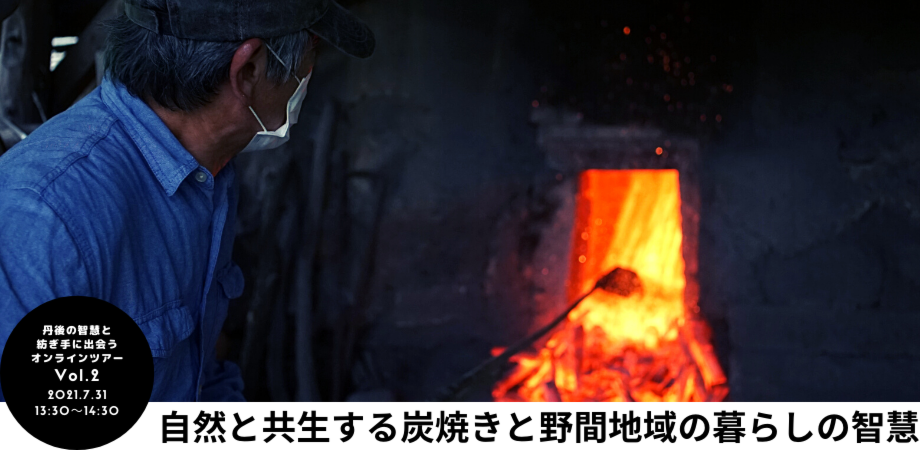
On July 31, 2021, “Online Tour Vol.2-Meeting Tango’s Wisdom and Spinners-Charcoal Burning in Coexistence with Nature and Wisdom of Living in the Noma Area-” was held.
An online tour where you can meet the wisdom of Tango and the spinner is the online event that introduces and interacts with attractive people who live, work, and make things while harmonizing with the abundant nature on the Tango Peninsula located in the northern part of Kyoto Prefecture.
With the theme of the wisdom of the region and lifestyle that has been spun over the years, totally 6 types of tours are scheduled to be held this year.
The second local wisdom mister is Mr. Toshiaki Fujiwara, the representative of “Yoryâ Kiln”, who is engaged in charcoal burning and local activities that coexist with nature in the Noma district of Yasaka-cho, Kyotango City, Kyoto Prefecture.
The Noma area is a region with rich in nature surrounded by mountains even in Kyotango city.
He talked about the traditional charcoal-burning that has been practiced in this area for a long time, the coexistence of nature and people, the charm of living in this village, and the wisdom of the region.
————————————-
【Local wisdom mister】
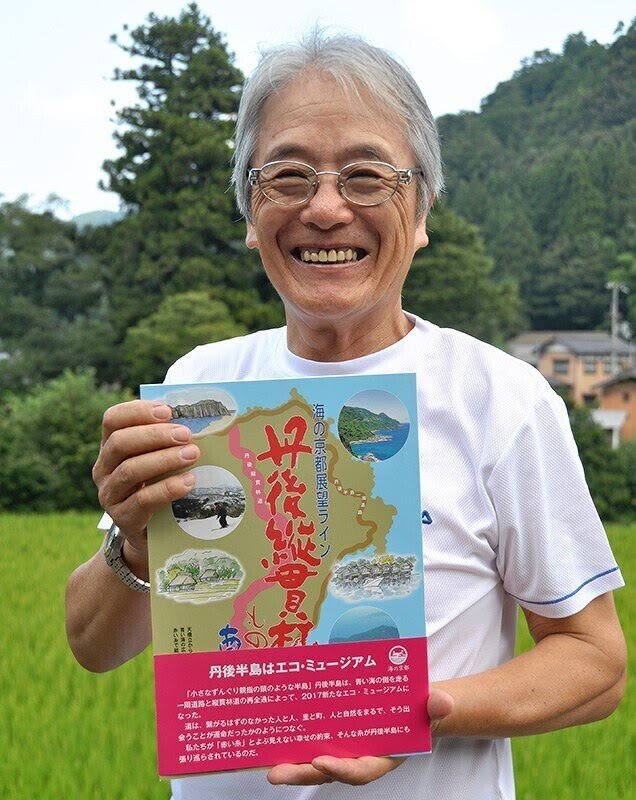
藤原 利昭(Toshiaki Fujiwara)
よりやぁ窯 代表 The representative of Yoryâ Kiln
Lives in Yasaka-cho, Kyotango City.
After retiring from a junior high school teacher in 2009, he built a kiln with a charcoal-burning master as his master and is also working on environmental issues through charcoal-burning.
He has served as a ward mayor of Noma Union ward and has been striving to create a community where everyone can continue to live happily.
He has published “Noma Calendar” that conveys the charm of Noma area’s nature and living, and “Project to burn charcoal and plant autumn leaves” is underway to preserve the landscape.
He had been working with his colleagues on the creation of the “Tango traverse forest road story,” which conveys the depth of the Tango Peninsula as an eco-museum.
【Moderator】

長瀬 啓二 (Keiji Nagase)
一般社団法人Tangonian 代表理事
Representative Director of Tangonian General Incorporated Association
Born in Kyotango City, Kyoto Prefecture.
While studying at Kyoto University of Foreign Studies, studied abroad in Australia.
Back to the local city of Kyotango from 2010 and after working as a junior high school English teacher, a welfare organization, a railway company employee, and Toyooka DMO, he established Tangonian.
Engaged in community tourism activities with the concept of “the intersection of Living and Traveling”.
Changes in the natural environment occurring in the Noma area
This time, the online tour was held in the beautiful green scenery of the Noma area in Yasaka-cho, Kyotango city.
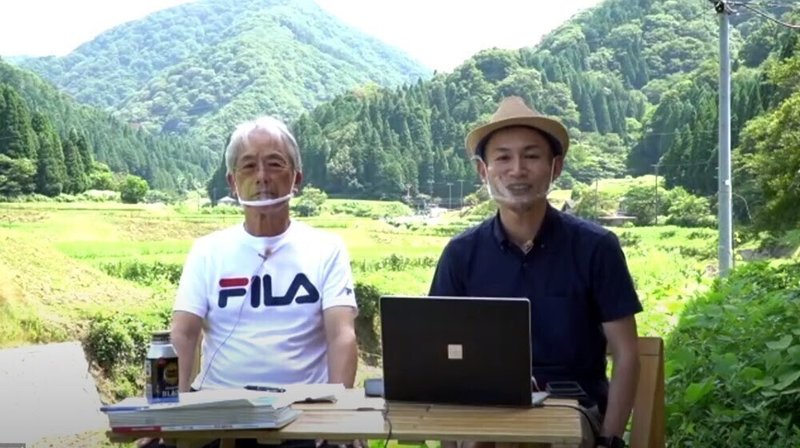
First of all, there was a video introduction about living in the Noma area in two parts, “Nature” and “Culture”.
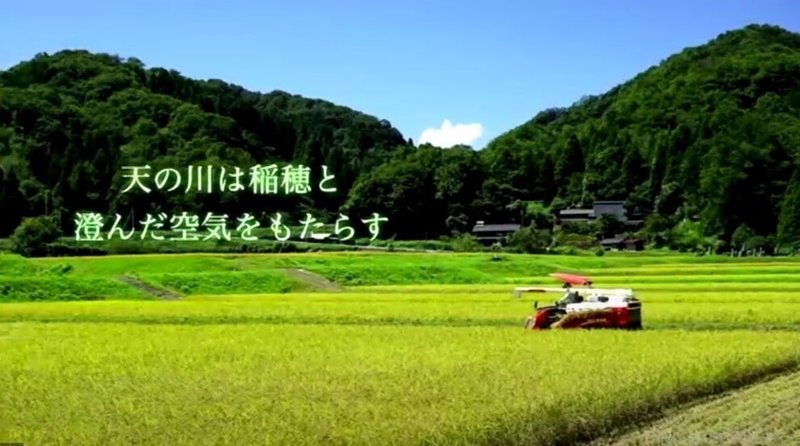
The Noma area is a place surrounded by mountains and rich in nature. You can still see the beautiful headwater landscape there. Rich water produces rice and brings clear air. The Milky Way in the night sky and the snowy landscape in winter are also beautiful in this area.
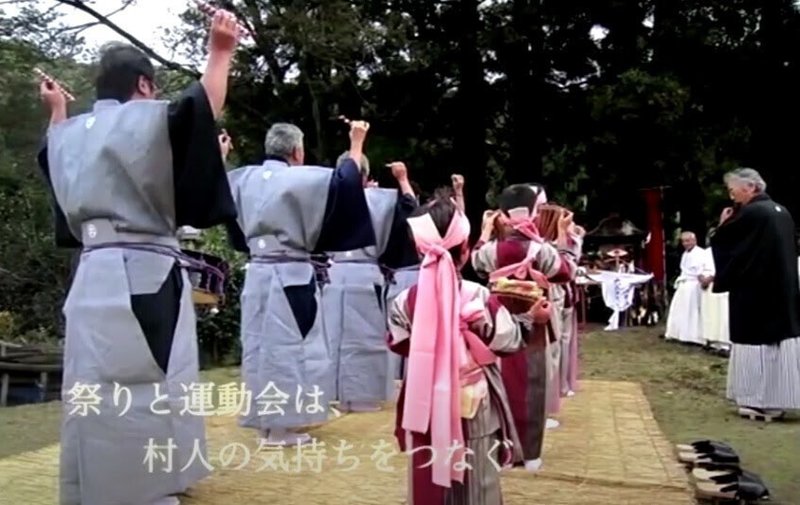
Local events such as refreshing festivals, athletic meets, and cultural festivals are also actively held.
While there is such rich nature, culture, and life, Mr. Fujiwara, the local wisdom mister, said he has the things he worries about.

Mr. Fujiwara: I feel that the nature that gives us grace is screaming in pain.
I think there are parts where humans are modifying too much, and there are also parts where it is getting worse because humans are not taking care of nature at all. Mountains are seen from a distance look green, but sometimes when approaching, the mountain surface may appear brown. This is because the deer eats up the young tree. When you enter the mountain, you might realize that no new trees are growing.
In addition, the Noma River was abundant with a large amount of water when Mr. Fujiwara was a child, but now it has reached the point where the river itself may die due to the inflow of sediment and the rocks being buried.
While living with nature, Mr. Fujiwara seemed to feel various changes in the natural environment.
The reason why he start charcoal burning
“Coexistence with nature” is a theme that we often hear about these days, but the Noma area has a long history of being well involved with mountains by charcoal-burning. Surprisingly around 1955, 120 charcoal kilns were in operation.
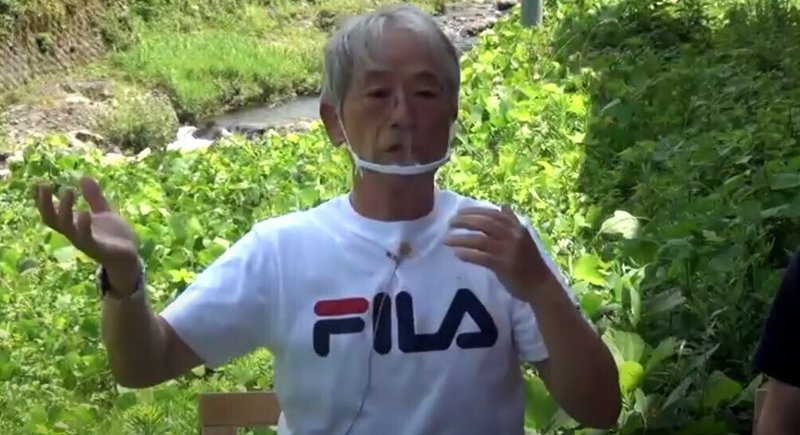
Mr. Fujiwara: For charcoal-burning, charcoal burners go into the mountains, cut and burn wood appropriate for charcoal. When the tree is gone, they will move to the place where the next tree is. It is a characteristic of hardwoods that are suitable for charcoal that if they cut it at about 90 cm, it will surely regenerate again. As with zelkova and oak, the cut wood will grow the most suitable size for charcoal burning in about 10 to 15 years. In that way, they were urging the mountain to regenerate while going around the mountain like that.
Many people used to be involved in charcoal burning and protected the mountains of Noma, but 13 years before Mr. Fujiwara started charcoal burning, he says that there was only one charcoal burner.
Mr. Fujiwara felt a crisis that the charcoal-burning technology that supported the lives of the Noma area and the meaning of charcoal-burning would all be obsolete.
Fujiwara : I wanted to inherit it somehow. It may not be possible to protect the mountains and Noma by burning charcoal by myself alone, but I started with the idea that it would be great if one or two people could think about nature through charcoal burning.
Charcoal-burning to get involved with the mountains. Currently, only one Mr. Fujiwara is in operation in the Noma area.
Charcoal-burning readiness also leads to how to interact with nature
He explained the charcoal-burning process while watching the video.

First, fill the wood vertically in the charcoal kiln. A fire is lit at the entrance of the kiln, and the heat is stored in the ceiling, so when the temperature rises to a certain level, the wood put in all at once will ignite.
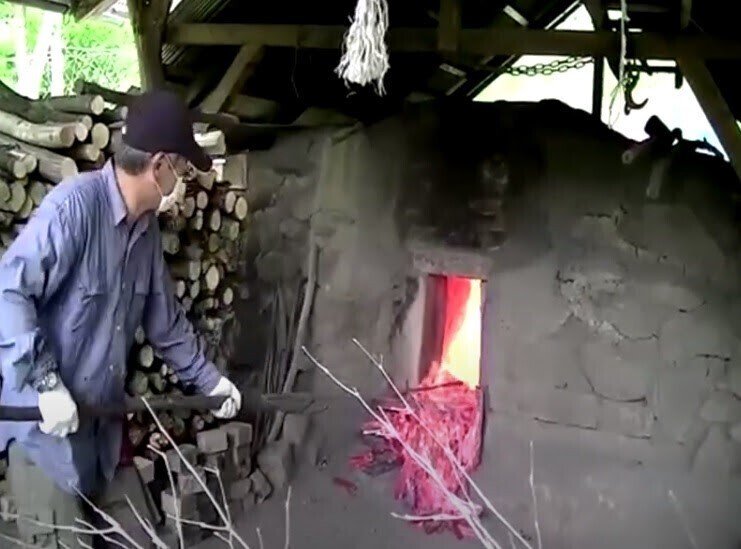
Burn while adjusting the amount of oxygen, and pull out the charcoal from the kiln in a good place. Then, sprinkle a mixture of sand and ash is cool it rapidly.
Continue to bake slowly for 4-5 hours but the timing to get out of the kiln is difficult.
Mr. Fujiwara: When I started charcoal-burning, I made a note of “when I lit the fire” and “smoke looks like this” to quantify the timing. However, I couldn’t figure out the timing to take it out in that way.
At one point, my master told me “Don’t burn charcoal for human’s timing! Listen to the charcoal in the charcoal kiln! There is all the information. The amount of water in the wood that you put in each time is different, the weather is different, you cannot quantify such things. Look at the smell, color of the smoke and the color of the flames seen through the air holes.”
Mr. Fujiwara now thinks that this idea is not just about charcoal-burning, but also about how to interact with nature.
Ask the river about the river, ask the mountain about the mountain. It would be nice to be able to face nature in that way.
Enjoy life by making use of nature
The Noma region also faces problems such as an aging society with fewer children, and depopulation, which are many regions of Japan faced.
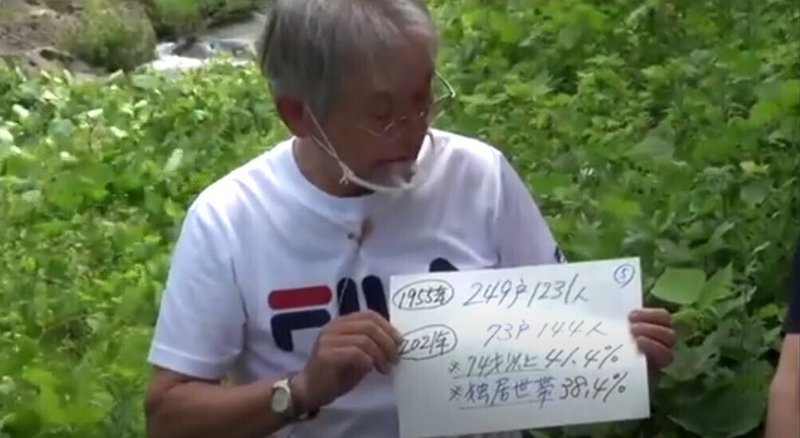
There is a record that in 1955 there were 1231 people in 249 households and 250 children when Mr. Fujiwara was in the first grade of elementary school. However, there are currently 144 people in 73 households and 9 people in junior high school. The aging rate is high at 41.4% for those aged 74 and over, and 38.4% for single-person households.
In areas with similar situations, many are focusing on policies to increase migrants but the Noma Union ward’s Association is carrying out district activities with the common understanding that “do not overdo it and gently care for the future of the village.”
Mr. Fujiwara: Noma is a very snowy area, and I think that household who is living alone has a lot of anxiety. For the safe and secure living of the residents, we are making efforts such as organizing “hometown rescue” and “snow removal team”, and “running a bus to the clinic”.
In addition, it is important for all nine villages to hold festivals together and make connections regularly.
He also created a “Noma Calendar” consisting of photographs taken by local people every year and distributed them to all households. This activity has been going on for 10 years.
Mr. Fujiwara: Something that has a shape will break someday. Even in a village, some people enter the place where there is nothing at the beginning, make a living, make a family, make a village, and now there is. Depending on the situation, I think it’s natural to be the opposite. Even if that happens, I think that the culture and technology cultivated in Noma must be preserved, so I am doing activities to record Noma.

There is the word which Confucius says, “CHIKAYORO, ENRAI”. This means, “If the people living in the area do not enjoy themselves, no one will come from afar.”
Mr. Fujiwara says that it is most important for the residents living in the area to play while interacting with nature and to enjoy while making use of nature.
Mr. Fujiwara: For example, you can do Ayu (sweetfish) fishing on the Noma River this season.
If the landscape gets rough, the hearts of the residents will get rough as well, so we are also doing a project to buy and plant autumn leaves from the sales of charcoal burning in abandoned cultivated land. I have already planted about 450 trees, and the earliest ones have been standing for 10 years, so they are already looking good. You can’t enjoy autumn leaves until a few years ahead, but in other words, planting autumn leaves will make you look forward to the distant future. Waiting for it gives you pleasure.
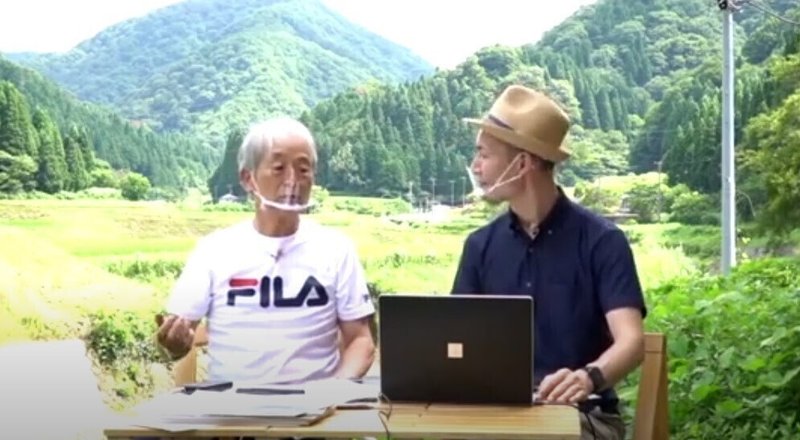
Finally, the participants commented, “I often hear the word” related population “, but there must be many relationships that you can visit this area anytime and enjoy. People in the city tend to talk about it in the context of going to give money in the countryside, but when I heard today’s story, I felt that “I want to fish Ayu (sweetfish) with Mr. Fujiwara” and I think this feeling is fundamentally important for making people visit the area and revitalizing the area.”
Mr. Fujiwara replied, “I don’t think you can play even if you come to Noma. I want you to be company while I entertain myself (laughs).”
Through various activities such as charcoal burning, making Noma calendar to record the area, and landscape conservation project, he taught us how to interact with nature and the wisdom of living in the area.
“Coexistence with nature” may be a big and difficult theme, but I think this online tour allowed me to think about it.
When you visit the Noma area, please contact Mr. Fujiwara.
ライター Writer:坂本 知恵里 Chieri Sakamoto
翻訳 Translator:岸 あやか Ayaka Kishi(一般社団法人Tangonian)
Please check at Tangonian’s article